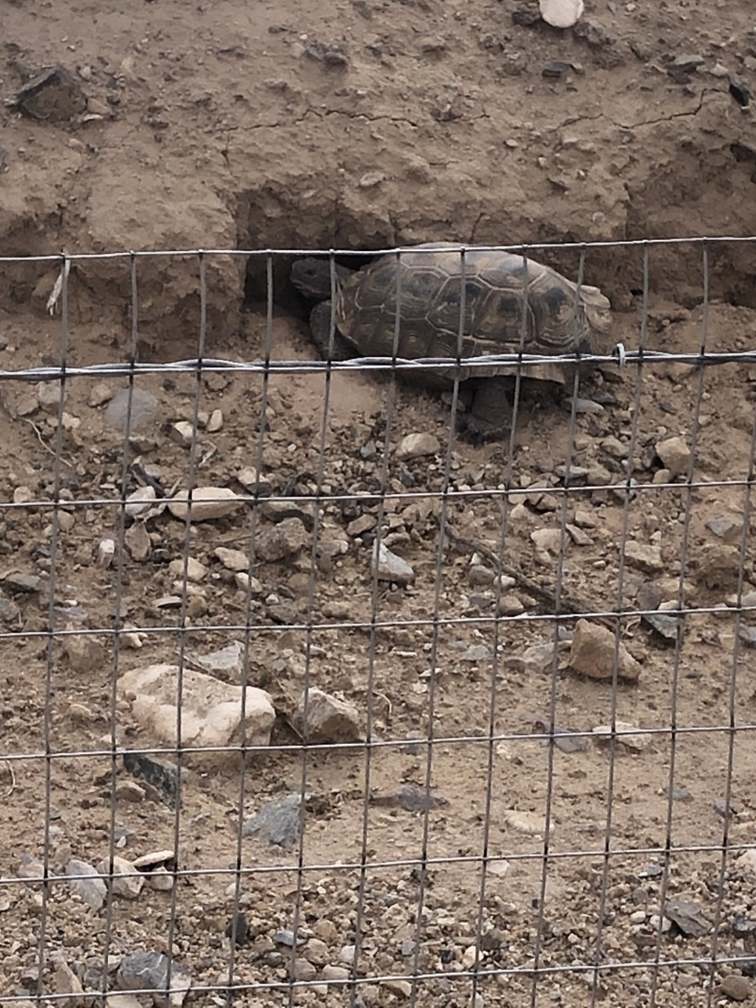News Release
You are viewing ARCHIVED content published online before January 20, 2025.
Please note that this content is NOT UPDATED, and links may not work. For current information,
visit https://www.nps.gov/aboutus/news/index.htm.

|
Subscribe
|
Contact: Ondrej Macejko, 760-718-8508
Desert tortoises are vulnerable to vehicles as they slowly cross Preserve roads, with dozens killed or injured every year. Although these reptiles spend about 95 percent of their life in burrows, they are most active during spring and summer rains and can be seen eating wildflowers, drinking water from puddles or looking for mates.“Tortoise fencing” is exclusionary metal fencing about 2 feet in height that is installed along road shoulders to prevent these creatures from entering onto roads during their out of burrow adventures.
“Roadkill should be a thing of the past. We want desert tortoises to thrive in Mojave National Preserve,” said Mojave National Preserve Superintendent Ray McPadden. “Our team is making a huge investment in tortoise survival through these projects, and we’ll continue to be leaders in on-the-ground conservation of this keystone species."
Cima Road is the first road to have tortoise safety measures in place, and the Preserve plans to install over dozens of more miles of this fencing on roads that intersect prime tortoise habitat.
“Desert tortoises face multiple threats to their persistence throughout their range,” said Wildlife Biologist Neal Darby. “Mojave National Preserve has addressed most, but the science community believes tortoise exclusion fencing and removal of raven subsidies could be the primary management actions that will provide the best protection.” Raven populations are thriving in the Mojave Desert; juvenile desert tortoise in particular are susceptible to predation by ravens as their slowly developing soft shells aren’t hard enough to protect them. Removing utility poles takes away advantageous nesting sites and perches for ravens looking for an easy juvenile desert tortoise snack. These utility poles date back to the 1940’s and their removal is a triumph to returning the desert landscape to its natural scenic beauty. On October 31st Mojave National Preserve has even more to celebrate with its 30th birthday, thanks to the California Desert Protection Act of 1994.
Last updated: October 18, 2024
